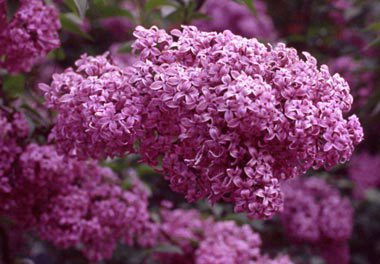Syringa x chinensis 'Red Rothomagensis'
Photo Credit: © Mark Schwartz
Syringa x chinensis 'Red Rothomagensis'
Common Name: Red Rothomagensis lilac
Other Common Names: chinensis, Chinese Lilac (Cloned)
Plant Functional Group: Deciduous broadleaf
Class > Order > Family: Magnoliopsida > Lamiales > Oleaceae
